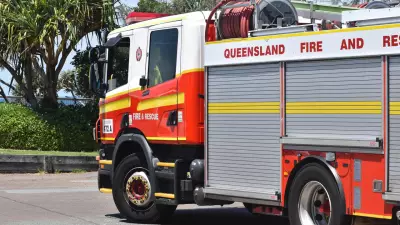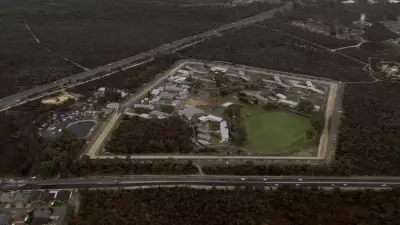
Western Australian councils are confronting a financial time bomb as the true cost of asbestos contamination emerges, with estimates suggesting a staggering $3 billion price tag for proper remediation.
The scale of this environmental crisis came to light during recent parliamentary hearings, revealing that multiple local governments across the state are grappling with the legacy of asbestos-contaminated soil in public spaces.
The Shocking Financial Burden
WA Local Government Association president Karen Chappel delivered the sobering assessment that completely addressing the asbestos problem could require up to $3 billion. This astronomical figure represents one of the most significant financial challenges ever faced by local governments in Western Australia.
The issue gained prominence after the City of Armadale discovered asbestos contamination at multiple sites, including the popular Minnawarra Historic Precinct. This discovery forced the immediate closure of affected areas, disrupting community access to important public spaces.
During budget estimates hearings in June 2024, WA Greens MP Alison Xamon emerged as a vocal advocate for ratepayers, questioning why local communities should bear responsibility for cleaning up contamination they didn't create.
Political Response and Responsibility
Xamon directly challenged Local Government Minister David Michael about the fundamental question of responsibility. "Why should ratepayers, who are already struggling with cost of living pressures, be lumped with this massive bill?" she asked during the parliamentary session.
The Greens MP emphasized that this contamination represents a historical problem that current ratepayers didn't cause and shouldn't be forced to pay for through increased rates or reduced services.
Minister Michael acknowledged the seriousness of the situation but indicated that the state government wasn't currently considering direct financial assistance to councils for asbestos remediation. Instead, he suggested that councils should utilize their existing resources and potentially increase rates to cover the costs.
Broader Implications for Western Australia
The asbestos crisis extends beyond Armadale, with multiple local governments across Perth and regional WA facing similar contamination issues. The problem particularly affects older suburbs and towns where asbestos was commonly used in construction and landscaping materials.
Local governments are now caught between their responsibility to ensure public safety and the enormous financial burden of proper asbestos removal. The $3 billion estimate raises serious questions about how councils will maintain other essential services while addressing this environmental health hazard.
As Alison Xamon argued, this situation requires state government intervention and a fairer approach to funding the cleanup. The alternative could see ratepayers facing significant rate hikes or watching their local communities deteriorate as councils divert funds from other services to cover asbestos removal costs.
The ongoing parliamentary discussions highlight the need for a coordinated state-wide approach to managing this legacy contamination issue, rather than leaving individual councils and their communities to struggle with the financial consequences alone.





